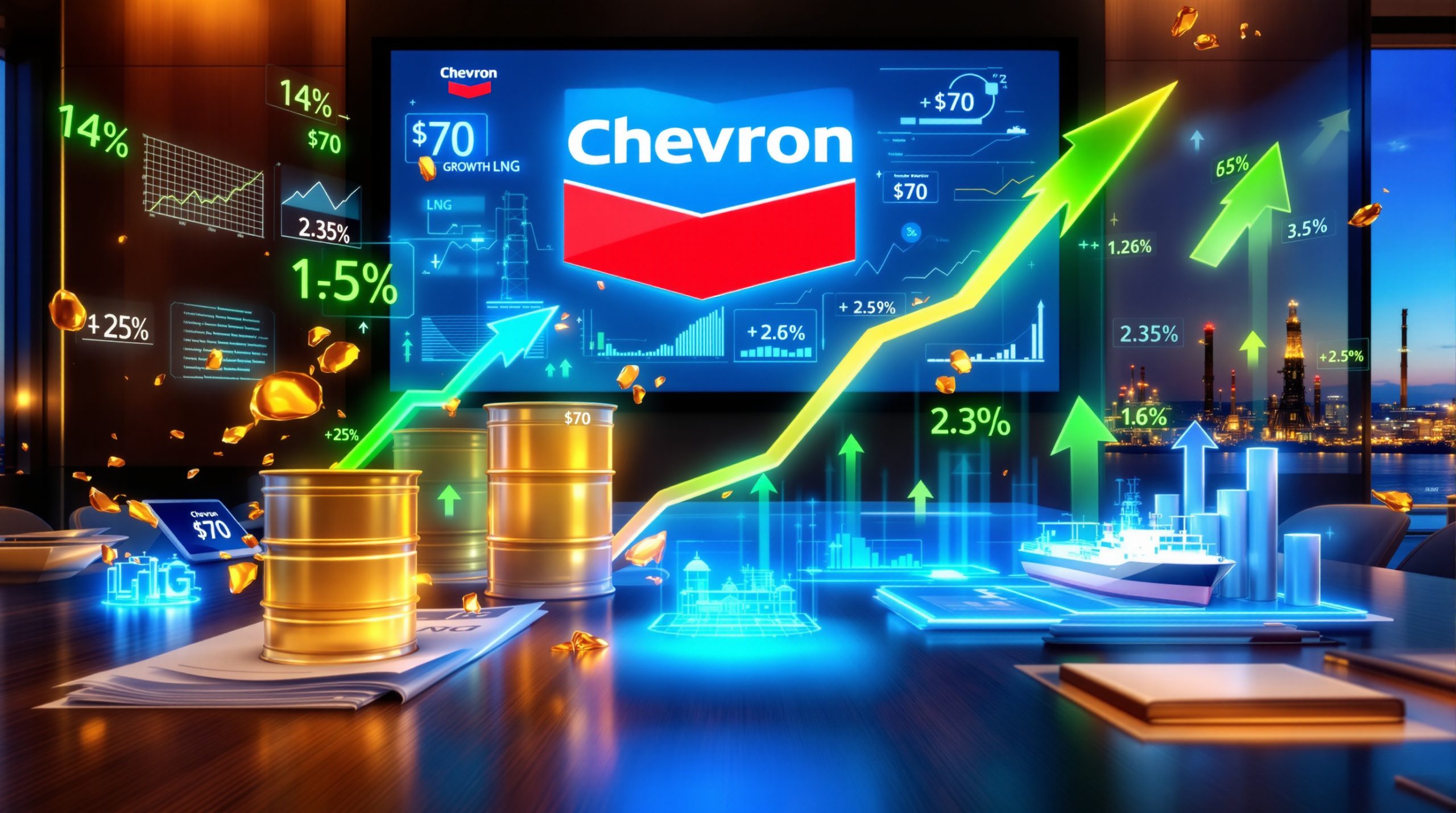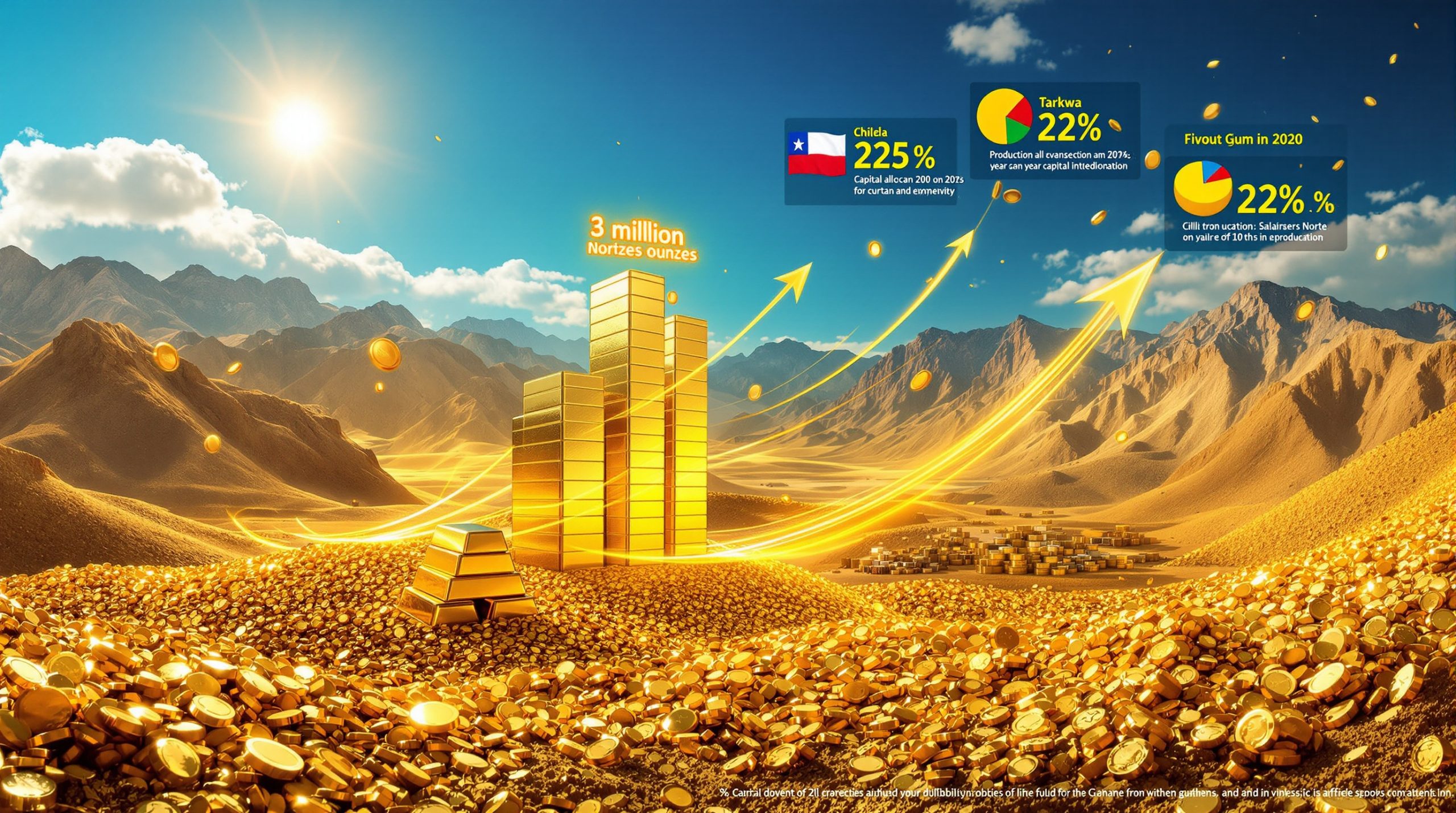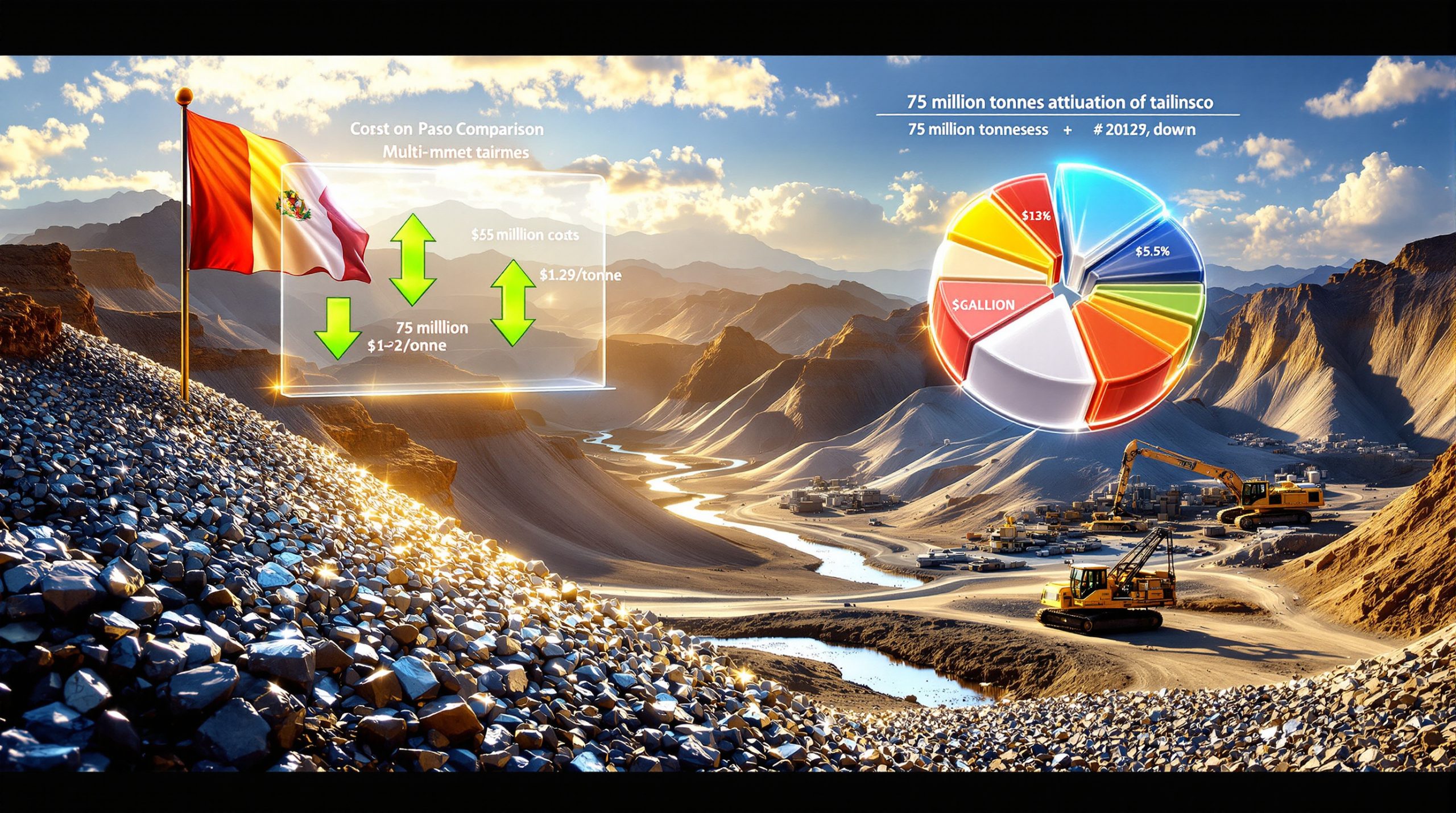The Key Differences Between Physical Metals and Mining Stocks
Physical precious metals and mining stocks serve different investment roles. While metals provide tangible wealth preservation, mining stocks offer leveraged exposure to metal prices with potential for growth.
Physical Precious Metals: The Foundation of Stability
Physical precious metals represent direct ownership of tangible assets with thousands of years of value retention. When purchasing gold, silver, platinum, or palladium, you acquire:
- A historically proven store of value
- Protection against currency devaluation
- A non-correlated asset to traditional markets
- A portable form of wealth requiring no counterparty
Physical metals ownership comes with specific considerations:
- Storage costs for home safes or professional vaults
- Insurance expenses to protect against theft
- No income generation (no dividends or interest)
- Potential dealer premiums above spot price
Mining Stocks: The Growth Engine
Mining stocks represent ownership in companies that explore, develop, and produce precious metals. These equities provide:
- Leveraged exposure to metal prices (often moving at amplified rates compared to the underlying metal)
- Potential dividend income
- Growth through production expansion
- Upside from new discoveries and resource expansion
The tradeoff involves increased risk factors:
- Operational challenges (production delays, cost overruns)
- Geopolitical risks in mining jurisdictions
- Management decisions that may not align with shareholder interests
- Dilution through additional share issuances
How Market Cycles Affect Precious Metals Investments
Understanding market cycles is crucial for successful precious metals investing. These investments respond differently to various economic conditions.
Economic Downturns and Crisis Periods
During economic uncertainty, precious metals typically outperform:
| Economic Condition | Physical Metals Performance | Mining Stocks Performance |
|---|---|---|
| Recession | Strong appreciation as safe haven | Mixed (may initially fall with broader market) |
| Currency Crisis | Exceptional performance as alternative to fiat | Strong performance after initial volatility |
| Stagflation | Historically strongest environment | Strong performance with lag |
| Deflation | Mixed performance | Generally negative |
Bull Market Characteristics
In precious metals bull markets, a typical sequence emerges:
- Initial Phase: Physical metals begin appreciating first
- Second Phase: Major producers and royalty companies gain momentum
- Third Phase: Mid-tier producers and advanced developers see strong gains
- Final Phase: Junior explorers experience explosive (but volatile) moves
This sequence has been observed in previous cycles, though timing varies significantly between market cycles.
Best Strategies for Investing in Physical Precious Metals
Building a physical metals position requires strategic planning around allocation, storage, and acquisition methods.
Optimal Allocation Percentages
Financial advisors typically recommend:
- 5-15% of portfolio in precious metals for conservative investors
- Up to 25% for those with higher conviction in monetary instability
- Diversification across multiple metals (primarily gold and silver)
Physical Storage Options
Your storage choice impacts both security and liquidity:
Home Storage:
- Pros: Immediate access, no ongoing fees
- Cons: Security risks, insurance challenges, limited scalability
Private Vault Storage:
- Pros: Professional security, insurance included, discretion
- Cons: Monthly/annual fees, potential access limitations
Allocated Storage Programs:
- Pros: Professional management, often easier to sell
- Cons: Counterparty risk, verification challenges
Physical Metal Types and Their Advantages
| Metal Type | Advantages | Considerations |
|---|---|---|
| Gold | Best wealth preservation, highest value density | Higher entry point, less industrial demand |
| Silver | Greater upside potential, industrial applications | More volatile, higher storage requirements |
| Platinum | Industrial necessity, historically undervalued | Smaller market, less liquidity |
| Palladium | Critical for emissions control, supply constraints | Highly volatile, industrial demand dependency |
How to Evaluate Mining Companies
Mining stock selection requires understanding several key metrics and company characteristics to make informed investment decisions.
The Mining Company Hierarchy
Mining companies fall into distinct categories with different risk-reward profiles:
Major Producers:
- Market cap: $5+ billion
- Annual production: 500,000+ ounces gold equivalent
- Risk profile: Lower volatility, dividend potential
- Examples: Newmont, Barrick Gold, Agnico Eagle
Mid-Tier Producers:
- Market cap: $1-5 billion
- Annual production: 100,000-500,000 ounces gold equivalent
- Risk profile: Moderate volatility, growth potential
- Examples: B2Gold, Alamos Gold, SSR Mining
Junior Producers:
- Market cap: $100 million-$1 billion
- Annual production: Under 100,000 ounces gold equivalent
- Risk profile: Higher volatility, acquisition targets
- Examples: Wesdome Gold, K92 Mining
Developers:
- Market cap: Varies widely
- Status: Advancing projects toward production
- Risk profile: High volatility, significant upside potential
- Examples: Marathon Gold, Artemis Gold
Explorers:
- Market cap: Typically under $100 million
- Status: Seeking new discoveries
- Risk profile: Extremely high volatility, potential for multi-baggers
- Examples: Numerous early-stage companies
Critical Evaluation Metrics
When analyzing mining companies, focus on:
- All-in Sustaining Costs (AISC): Lower costs provide better margins and resilience
- Production Growth Profile: Companies with expanding production offer better upside
- Resource Quality: Grade, size, and metallurgy determine long-term viability
- Jurisdiction Risk: Political stability and mining permitting insights reduce uncertainty
- Management Track Record: Previous successes often predict future performance
- Balance Sheet Strength: Debt levels and cash position indicate financial health
Red Flags in Mining Investments
Watch for these warning signs:
- Excessive share dilution history
- Frequent management turnover
- Unrealistic production timelines
- Permitting challenges in difficult jurisdictions
- Resource estimates that frequently change
The Role of Royalty and Streaming Companies
Royalty and streaming companies represent a unique hybrid investment opportunity in the precious metals sector with distinct advantages.
The Royalty Business Model
These companies provide upfront capital to miners in exchange for:
- Royalties: Percentage of revenue from production
- Streams: Right to purchase metals at predetermined discounted prices
This model creates several advantages:
- Exposure to multiple mining operations without operational risk
- Inflation protection through fixed costs
- Higher profit margins than traditional miners
- Potential for dividend growth
Leading Royalty Companies
The royalty sector includes established leaders and emerging players:
Tier 1 Royalty Companies:
- Franco-Nevada (FNV)
- Wheaton Precious Metals (WPM)
- Royal Gold (RGLD)
Emerging Royalty Companies:
- Sandstorm Gold (SAND)
- Osisko Gold Royalties (OR)
- Maverix Metals (MMX)
These companies typically trade at premium valuations compared to miners due to their reduced risk profiles and superior margins.
Building a Balanced Precious Metals Portfolio
Creating a well-structured precious metals portfolio requires balancing different asset types according to your risk tolerance and investment goals.
The Core-and-Satellite Approach
This strategy provides both stability and growth potential:
Core Holdings (50-70% of metals allocation):
- Physical precious metals (primarily gold and silver)
- Major producers with strong balance sheets
- Established royalty companies
Satellite Holdings (30-50% of metals allocation):
- Mid-tier producers with growth profiles
- Select developers nearing production
- High-potential explorers (limited allocation)
Sample Portfolio Allocation
For a moderate-risk investor with 15% total allocation to precious metals:
| Investment Type | Percentage of Metals Allocation | Examples |
|---|---|---|
| Physical Gold | 30% | Coins, bars, allocated storage |
| Physical Silver | 15% | Coins, bars |
| Major Producers | 20% | Newmont, Barrick, Agnico Eagle |
| Royalty Companies | 15% | Franco-Nevada, Wheaton Precious Metals |
| Mid-Tier Producers | 10% | B2Gold, Alamos Gold |
| Developers/Explorers | 10% | Carefully selected companies with strong management |
Dollar-Cost Averaging Strategy
Rather than timing the market perfectly, consider:
- Regular purchases of physical metals regardless of price
- Systematic investment in mining stocks during both bull and bear markets
- Increased allocation during significant price corrections
- Trimming positions during extreme rallies
Tax Implications of Precious Metals Investing
Tax treatment varies significantly between physical metals and mining stocks, and across different jurisdictions.
Physical Metals Taxation
In most countries, physical precious metals are subject to:
- Capital gains tax on profits when sold
- Potential collectibles tax rate (higher than standard capital gains in some jurisdictions)
- Sales tax or VAT in some regions (though many investment-grade products are exempt)
Mining Stock Taxation
Mining stocks typically follow standard equity taxation:
- Capital gains tax on profits
- Dividend income tax on distributions
- Potential for tax-advantaged account eligibility (IRAs, 401ks, etc.)
Tax-Efficient Strategies
Consider these approaches to optimize tax efficiency:
- Hold physical metals for longer periods to qualify for long-term capital gains
- Utilize tax-advantaged accounts for mining stocks where possible
- Consider timing sales to offset gains with losses in other investments
- Explore specialized precious metals IRA options for physical holdings
Staying Informed About the Precious Metals Market
Successful investing in precious metals and mining stocks requires staying current with market developments and maintaining a contrarian perspective.
Essential Information Sources
Market Data:
- Kitco.com for real-time pricing and news
- World Gold Council for demand/supply research
- Silver Institute for silver-specific analysis
- Mining company investor relations pages
Analysis and Commentary:
- Industry-specific newsletters (often subscription-based)
- Mining investment conferences (in-person and virtual)
- Specialized podcasts focusing on precious metals
- Quarterly reports from central banks on gold holdings
Contrarian Indicators
The precious metals sector often moves counter to mainstream sentiment:
- Extreme negative media coverage often signals buying opportunities
- "Gold is dead" headlines frequently precede rallies
- Peak public interest (taxi drivers giving gold tips) may signal market tops
- Mining consolidation strategies typically occur near cycle peaks
Biggest Mistakes to Avoid in Precious Metals Investing
Even experienced investors make common errors when approaching this specialized sector.
Common Pitfalls
- Chasing Performance: Buying after significant price increases rather than during corrections
- Overconcentration: Allocating too much to a single mining company or metal
- Neglecting Fundamentals: Focusing on price movement rather than company quality
- Ignoring Costs: Paying excessive premiums for physical metals or high-fee investment products
- Short-Term Thinking: Abandoning positions during normal market volatility
- Yield Chasing: Selecting mining companies based solely on dividend yield rather than sustainability
- Jurisdiction Blindness: Underestimating political and regulatory risks in mining locations
Risk Management Strategies
Protect your precious metals portfolio through:
- Position sizing limits (no single mining stock exceeding 5% of portfolio)
- Stop-loss strategies for more speculative positions
- Regular portfolio rebalancing as metals and stocks appreciate
- Diversification across different metals and company types
How Macroeconomic Factors Impact Precious Metals Investments
Several key macroeconomic indicators directly influence precious metals performance and should be monitored closely.
Critical Factors to Monitor
Interest Rates:
- Rising real rates typically pressure metals prices
- Negative real rates (interest below inflation) create tailwinds
Inflation Trends:
- Accelerating inflation historically benefits precious metals
- Gold as inflation hedge often moves before official statistics show increases
Currency Strength:
- US dollar weakness generally correlates with higher gold prices
- Currency debasement through monetary expansion supports metals
Central Bank Policies:
- Quantitative easing programs typically boost precious metals
- Central bank gold purchasing provides price support
Current Macroeconomic Environment
The present landscape features several supportive factors:
- Elevated global debt levels creating monetary instability
- Increased central bank gold purchasing (particularly from emerging economies)
- Growing concerns about fiat currency devaluation
- Supply constraints in mining due to declining discovery rates and permitting challenges
The Importance of CEO Quality in Mining Investments
The leadership of mining companies plays a crucial role in determining investment success, particularly in challenging market environments.
Characteristics of Successful Mining CEOs
The most successful mining company leaders demonstrate:
- Capital raising abilities across market cycles
- Building strong relationships with financial institutions
- Delivering on operational promises consistently
- Transparent communication with shareholders
- Ability to navigate complex regulatory environments
Management Team Assessment
When evaluating mining company leadership:
- Review their track record of previous successes
- Assess their ability to raise capital on favorable terms
- Examine their strategy for growth and value creation
- Consider their approach to shareholder dilution
- Evaluate their technical team's credentials and experience
Resource Quality and Project Economics
Understanding the fundamentals of resource quality and project economics is essential for evaluating mining investments.
Resource Classification System
The mining industry uses standardized categories to classify resources:
- Inferred Resources: Lowest confidence level, based on limited sampling
- Indicated Resources: Moderate confidence, based on reasonable sampling
- Measured Resources: Highest confidence, based on detailed sampling
- Proven and Probable Reserves: Resources deemed economically viable to extract
Key Economic Indicators for Mining Projects
When reviewing feasibility studies, focus on:
- Net Present Value (NPV): The present value of all future cash flows
- Internal Rate of Return (IRR): The percentage rate earned on each dollar invested
- Payback Period: How long it takes to recover the initial investment
- Capital Expenditure (CAPEX): The cost to build the mine
- Operating Expenditure (OPEX): The ongoing cost to run the mine
Understanding Feasibility Studies
Mining projects progress through several study stages:
- Preliminary Economic Assessment (PEA): Initial economic analysis with low confidence
- Pre-Feasibility Study (PFS): More detailed analysis with moderate confidence
- Feasibility Study (FS): Comprehensive analysis with high confidence, typically used for financing
Financing Strategies for Mining Development
Mining companies employ various financing structures to fund project development while managing shareholder dilution.
Common Financing Methods
Mining projects are typically funded through:
- Equity Financing: Issuing new shares to raise capital
- Debt Financing: Borrowing from banks or issuing bonds
- Streaming Deals: Selling future production at a discount
- Royalty Agreements: Selling a percentage of future revenue
- Joint Ventures: Partnering with other companies to share costs
Optimal Capital Structure
Most mining companies aim for a balanced approach:
- For project construction, a common ratio is 70% debt and 30% equity
- Established producers may utilize corporate debt facilities
- Junior companies often rely more heavily on equity financing
- Strategic partnerships can provide technical expertise alongside capital
Evaluating Financing Terms
Investors should assess:
- Dilution impact of equity raises
- Interest rates and covenants on debt financing
- Long-term implications of streaming or royalty agreements
- Partner alignment in joint venture structures
Market Psychology in Precious Metals Investing
Understanding market psychology and sentiment cycles is crucial for successful precious metals investing.
Sentiment Cycle Phases
The precious metals market typically moves through distinct psychological phases:
- Stealth Phase: Early adopters enter while most investors remain skeptical
- Awareness Phase: Professional investors begin allocating capital
- Mania Phase: Retail investors pile in, often near market tops
- Blow-off Phase: Extreme valuations lead to rapid corrections
Managing Emotional Responses
Successful precious metals investors:
- Maintain conviction during periods of negative sentiment
- Take profits during periods of extreme optimism
- Use sentiment indicators as contrarian signals
- Document investment theses to avoid emotional decision-making
Current gold prices analysis suggests we may be transitioning between the awareness and mania phases, with significant potential for undervalued gold mining stocks to appreciate as more investors enter the sector.
Disclaimer
Investing in precious metals and mining stocks involves risk. Past performance is not indicative of future results. This article is for informational purposes only and should not be considered financial advice. Always conduct thorough research or consult with a financial advisor before making investment decisions.
Want to Discover the Next Major Mining Opportunity?
Stay ahead of the market with Discovery Alert's proprietary Discovery IQ model, which instantly notifies investors of significant ASX mineral discoveries and translates complex data into actionable insights for both short-term trading and long-term investment. Explore historic returns from major discoveries at the dedicated discoveries page and begin your 30-day free trial today.




